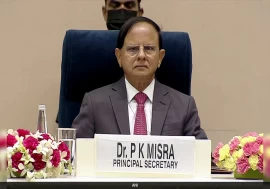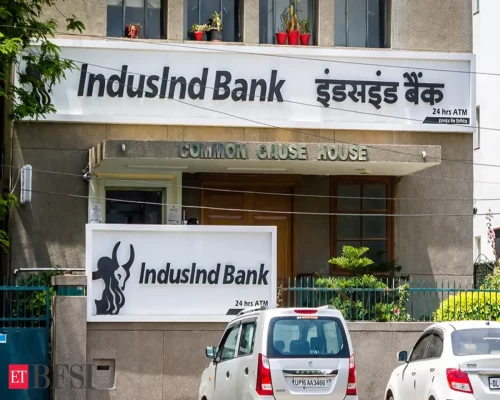
Mumbai| The Securities and Exchange Board of India’s (SEBI) latest move to usher in uniformity in categorisation of multi-cap equity funds augurs well for investors as it will make it easier for them to choose between and within categories. One of the largest equity mutual fund categories, multi-cap funds had average assets under management of Rs 1.46 lakh crore as of August. The regulator has modified the definition of the category and mandated market capitalisation requirement to make the schemes more diversified. Fund houses have till January 2021, to comply with this change in market capitalisation criteria for multi-cap funds.
Says Piyush Gupta, Director, Funds Research, CRISIL, “In the short term, therefore, the regulator’s move to make schemes true to their label could set the industry aflutter and result in merger, movement and new scheme launches.”
An analysis done by CRISIL, India’s leading rating agency, shows mutual funds have the following options available to comply with this rule. Most multi-cap funds will have to sell off their large-cap investments to meet the new investment limits for mid- and small-cap stocks. This could result in around Rs 41,000 crore of net outflows from large caps and net inflows of about Rs 13,000 crore and around Rs 28,000 crore in mid cap and small cap segments respectively.
Finding that order of investments in lower caps could be an uphill task for fund managers, especially given the illiquidity in the segment and the downbeat economic forecasts amid the Covid-19 pandemic. Facilitating unit holders’ switch to other schemes has tax implications, especially for investors with less than one-year holding period. Further, even for investors with a long-term investment horizon, capital gains of more than Rs 1 lakh per year is subject to long-term capital gains tax.
A fund house can merge its multi-cap scheme with its large-cap scheme or convert its multi-cap scheme category to say large-cum-mid-cap scheme. There are 35 multi-cap open-ended schemes in the mutual fund industry and within those AMCs, 27 have large-cap schemes, while 26 have large- and mid-cap schemes in their portfolio. Merging of schemes into other categories will, however, make their own multi-cap category offering vacant, requiring them to launch a new scheme as per the new provision – an option bereft of vintage and requiring time to build up scale in terms of assets and investor base.
Says Nagarajan Narasimhan, Senior Director, Research, CRISIL, “Rebalancing of the scheme portfolio would also need review of existing benchmark indices to reflect the new market capitalisation requirement. This is because, currently, most broad-market indices are skewed towards large-cap stocks.”
Meanwhile, there are calls within the industry to allow a flexi-cap category that can invest freely across market capitalisation. However, whether the regulator obliges remains to be seen as there is already a focused fund category that allows flexible investments, albeit for a concentrated portfolio. As for investors, it is important to wait and watch what their fund house does with its scheme and then make changes to their portfolios based on overall risk-return profile, taxation impact and investment horizon.













